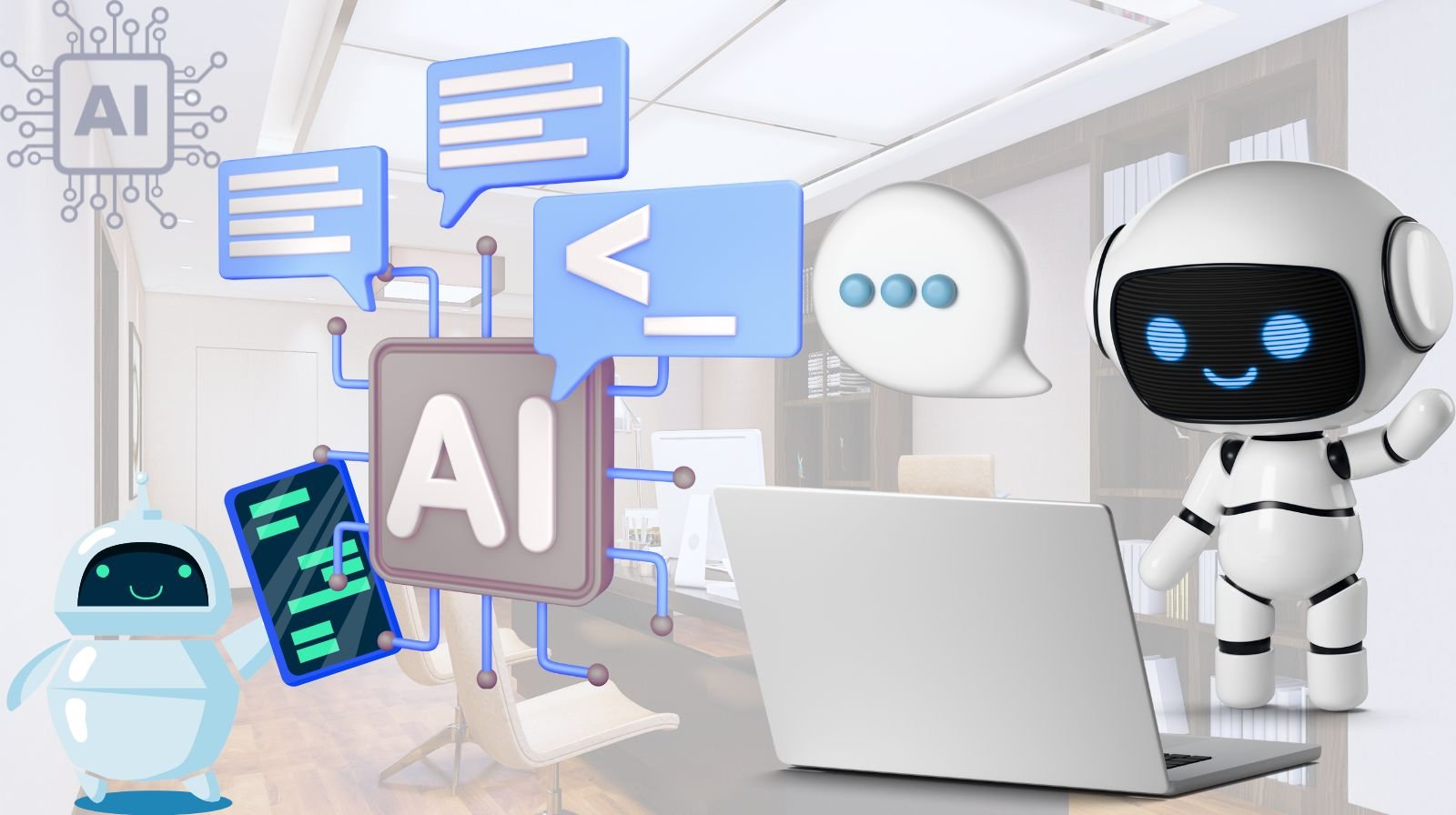AI will replace you, if you pick dogma over direction
Are you an AI user or an AI believer?
Artificial Intelligence is transforming how we estimate, design, and manage projects. But there’s a crucial difference between using AI as a tool and surrendering judgment to it. Estimators and Project Managers are professionals—not machines—and AI is only as effective as the minds guiding it.
1. What is AI really?
AI is best understood as a blend of a vast library and a super-calculator. It’s not magic. It processes massive amounts of data and generates outputs, but it cannot decide what matters or why.
Think of a rocket engineer. Would they trust software alone to design a rocket system without grasping the logic behind its calculations? Of course not. The same principle applies to AI in cost estimating or any technical discipline.
2. Do you truly understand AI?
Most professionals can explain how a transistor works or how a calculator solves calculus problems. AI, however, is far more complex and often opaque. Complete understanding may be impossible, but developing a working grasp of its capabilities and limits is essential. Without that, you’re flying blind.
3. AI as a tool
At its core, AI is just that—a tool. Tools are designed to mimic professional behavior and boost productivity. That’s powerful if you respect their limitations.
Tools are static data systems. They generate outputs, but it’s the professional who must review, approve, and enrich them with context that reflects the specific project under consideration.
Webster defines a tool as “something used in performing an operation, a means to an end.” It is never the end.
Consider an x-ray: it’s valuable, but only in the hands of a physician who can interpret it, recognize limitations, order complementary tests, and draw conclusions. Without that judgment, the image is just pixels. AI outputs are no different.
4. How to use AI wisely
Efficient AI use isn’t about pushing buttons, it’s about judgment. Users must interpret, validate, and challenge AI outputs rather than treating them as objective truth.
When AI becomes a “black box” of unquestioned authority, you’re no longer leading, it’s leading you. Think of autonomous driving: the car may steer, but you’re still legally responsible for what happens on the road.
5. The three requirements of a real AI user
To stay in control, every AI user should:
Be the Sensor → Provide AI with clear, relevant, high-quality input data. Garbage in, garbage out.
Be the Leader → Define the direction, objectives, and constraints of AI use.
Be the Judge → Critically evaluate outputs, testing them against expertise and context.
If AI becomes your unquestioned source of truth, you’re not a user, you’re a believer. And believers are the first ones AI will replace.
Final thought
AI is a powerful ally, not a substitute for professional expertise. Used wisely, it multiplies capacity and scales productivity. Used blindly, it erodes both.
So—are you an AI user or an AI believer?

